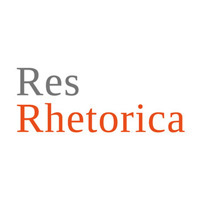Funkcja retoryczna Orgelbüchlein Johanna Sebastiana Bacha. Wprowadzenie
Rhetorical function of Johann Sebastian Bach's Orgelbüchlein. Introduction
Author(s): Tomasz GórnySubject(s): Music
Published by: Polskie Towarzystwo Retoryczne
Keywords: Bach; Orgelbüchlein; chorale; rhetoric; music
Summary/Abstract: The paper discusses three basic musical forms used in Johann Sebastian Bach’s Orgelbüchlein (Little Organ Book): the melodic chorale (the most representative and hence known as ‘the Orgelbüchlein chorale’), ornamental chorale and canon chorale (due consideration is given to the role of Andreas Armsdorff as the likely forerunner of this type of chorale). Also discussed are the divergences from this pattern (particularly In dir ist Freude, BWV 615) and the special role of the pedal part in Bach's cycle is emphasised. The body of the article concentrates on the relationship of the music and lyrics of the Orgelbüchlein and places Bach’s work within a larger framework of ties between rhetorics and music, with a brief recapitulation of older studies in this area (Spitta, Schweitzer). Consequently, the affect theory and the theory of rhetorical figures in music are given due attention; the parallels between composing a speech and a musical piece are also drawn upon. The latter concept is perhaps the least apparent in Orgelbüchlein but an analysis of the discussed chorales in terms of inventio, dispositio and elocutio does not seem too far-fetched. Finally, the context of Lutheran religious tradition that assigned a particularly elevated role to the musical arts is called upon. The paper closes with a cursory analysis of the chorale Jesu, meine Freude, BWV 610 within the framework of musical rhetorics.
Journal: Res Rhetorica
- Issue Year: 4/2017
- Issue No: 4
- Page Range: 60-74
- Page Count: 15
- Language: Polish

